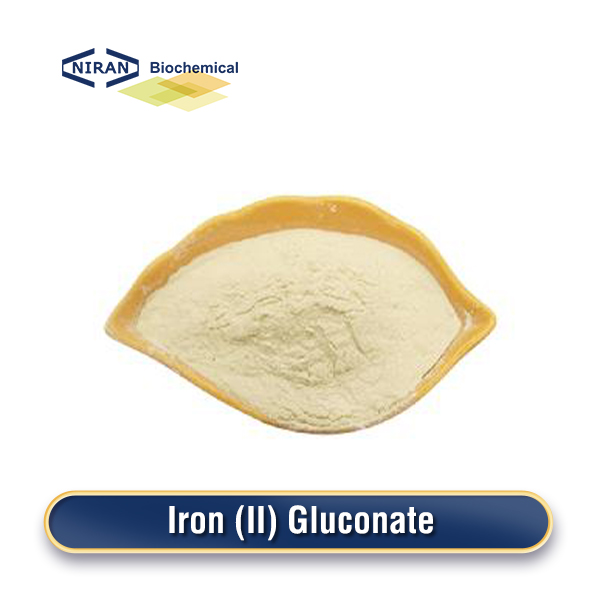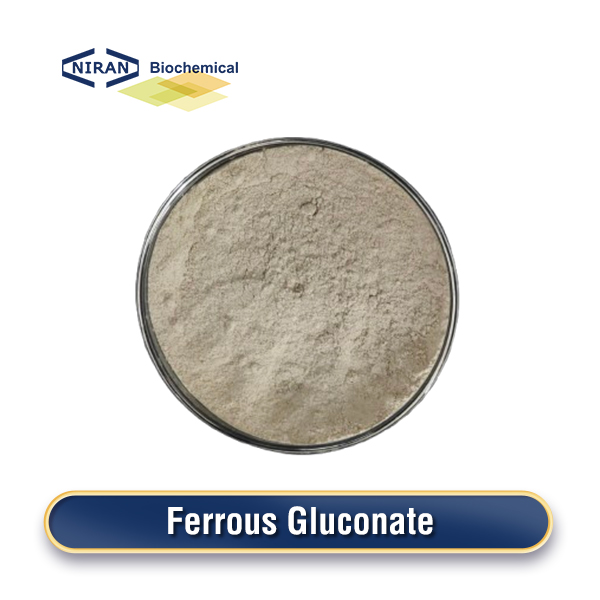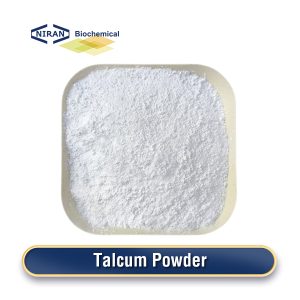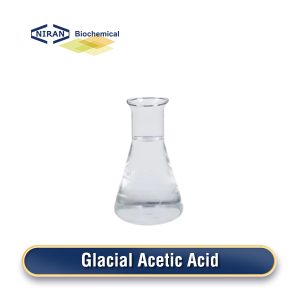Iron(II) Gluconate/Ferrous Gluconate
- CAS Number: 299-29-6
- Chemical Formula: FeC12H22O14
- MOQ: 1000KG
- Shelf Life: 2 years
- Forms: Powder, Granules
- Synonyms: Ferrous Gluconate, Iron Gluconate
Product Description
What Is Iron(II) Gluconate/Ferrous Gluconate?
Iron(II) Gluconate, commonly referred to as ferrous gluconate, is an iron salt derived from gluconic acid. It typically manifests as a light yellow-green powder or granules and exhibits excellent solubility in water. This compound is extensively utilized in the pharmaceutical and food industries as a supplement to treat or prevent iron deficiency anemia.
Preparation
Iron(II) Gluconate is synthesized by reacting ferrous carbonate or ferrous hydroxide with gluconic acid in aqueous solution. The reaction forms a stable iron-gluconate complex, which is then purified, dried, and milled to produce the final product. This process ensures high purity and stability, making it suitable for medical and nutritional applications.
Related Parameters:
| Item | USP | FCC |
| Content | 97.0-102.0% | 97.0-102.0% |
| Loss on drying | 6.5-10.0% | 6.5-10.0% |
| Chloride | 0.07% max | 0.07% max |
| Oxalic acid | qualified | qualified |
| Sulphate | 0.1% max | 0.1% max |
| Arsenic | 3ppm max | 3ppm max |
| Plumbum | 10ppm max | 10ppm max |
| Mercury | 3ppm max | 3ppm max |
| Ferriporphyrin | 2.0% max | 2.0% max |
| Reducing sugar | qualified | qualified |
| Organic volatiles | meeting needs | |
| Total number of baterium | 100/g max | |
| Mucedine | 100/g max | |
| Saccharomycetes | 100/g max |
Recommended Dosage of Iron(II) Gluconate:
| Applications | Dosage |
| Pharmaceuticals (Iron supplements) | 1% – 5% |
| Food and Beverages (Iron fortification) | 0.5% – 2% |
| Animal Feed (Iron supplementation) | 1% – 5% |
| Cosmetics (Iron compounds) | 0.1% – 2% |
| Other industrial applications | 0.5% – 5% |
Iron(II) Gluconate Has Wide Range of Uses:
Ferrous gluconate has many applications in the chemical industry, mainly including the following aspects:
Ink, carbon paper and gentian violet manufacturing: Ferrous gluconate can be used to manufacture chemical products such as ink, carbon paper and gentian violet.
Dyeing agent: It can also be used for dyeing cotton, acrylic, silk, paper, leather and straw products.
Color lake production: Color lakes can be produced using ferrous gluconate.
These applications mainly utilize the chemical properties and stability of ferrous gluconate, making it play an important role in chemical production.
Pharmaceuticals:
Iron II Iron deficiency anemia is mostly prevented or treated using glutaconate, an iron supplement.
Food Sector:
Used as a food additive to fortify food and beverages with iron, particularly in the production of infant formula, cereals, and supplements.
Animal Feed:
Used in animal feed to provide essential iron for livestock, poultry, and pets.
Application in Cosmetics:
Due to its iron content, it is occasionally utilized in cosmetics and personal care products.
User asked Question:
Q: How do iron sulfate and iron gluconate differ?
A: For example, ferrous sulfate is 20% elemental iron so that a 325 mg tablet contains about 65 mg of elemental iron; ferrous fumarate is 33% elemental iron (a 200 mg tablet thus contains 66 mg elemental iron), and ferrous gluconate is 12% elemental iron so that a 300 mg tablet contains 36 mg of elemental iron.





